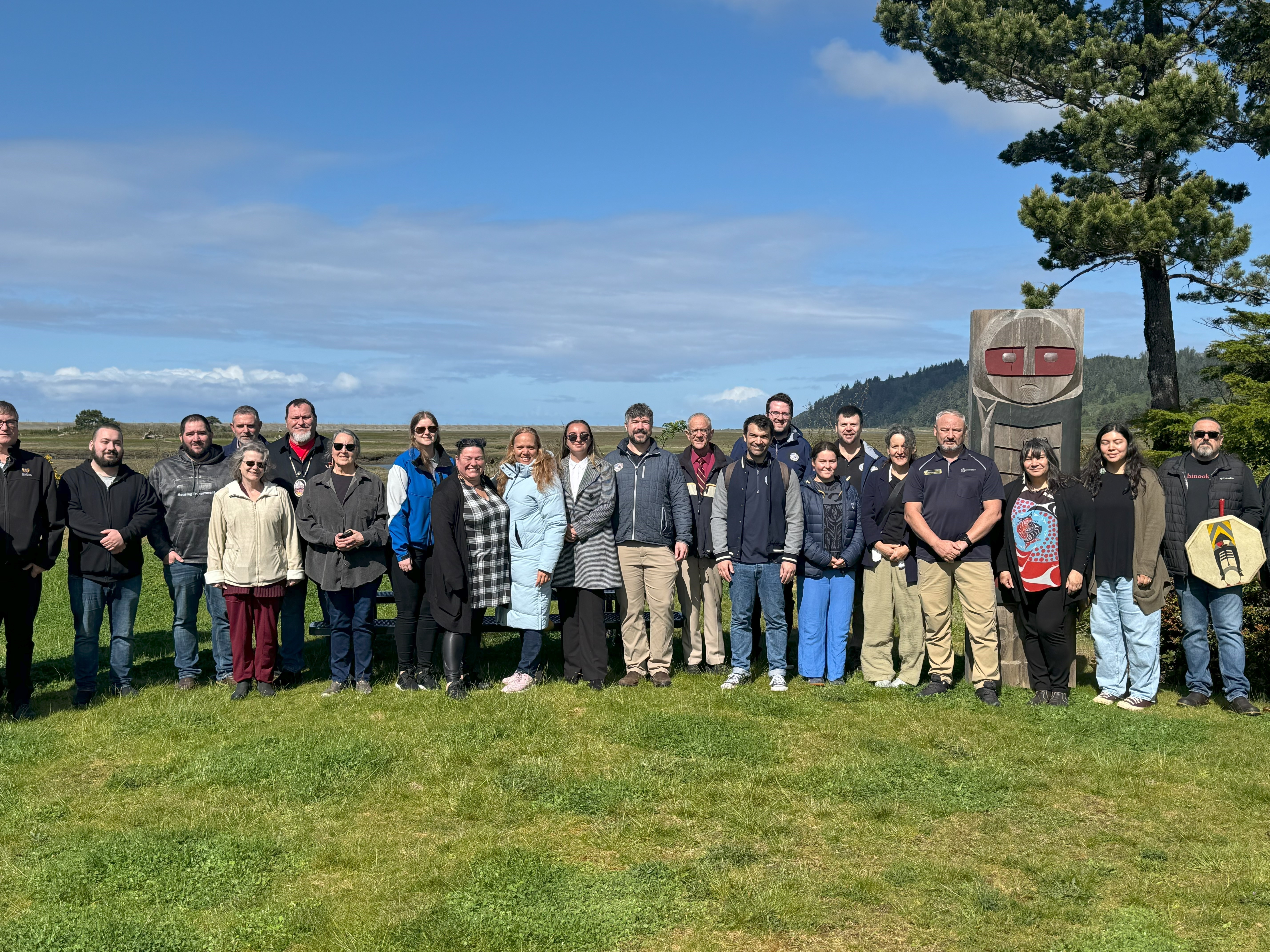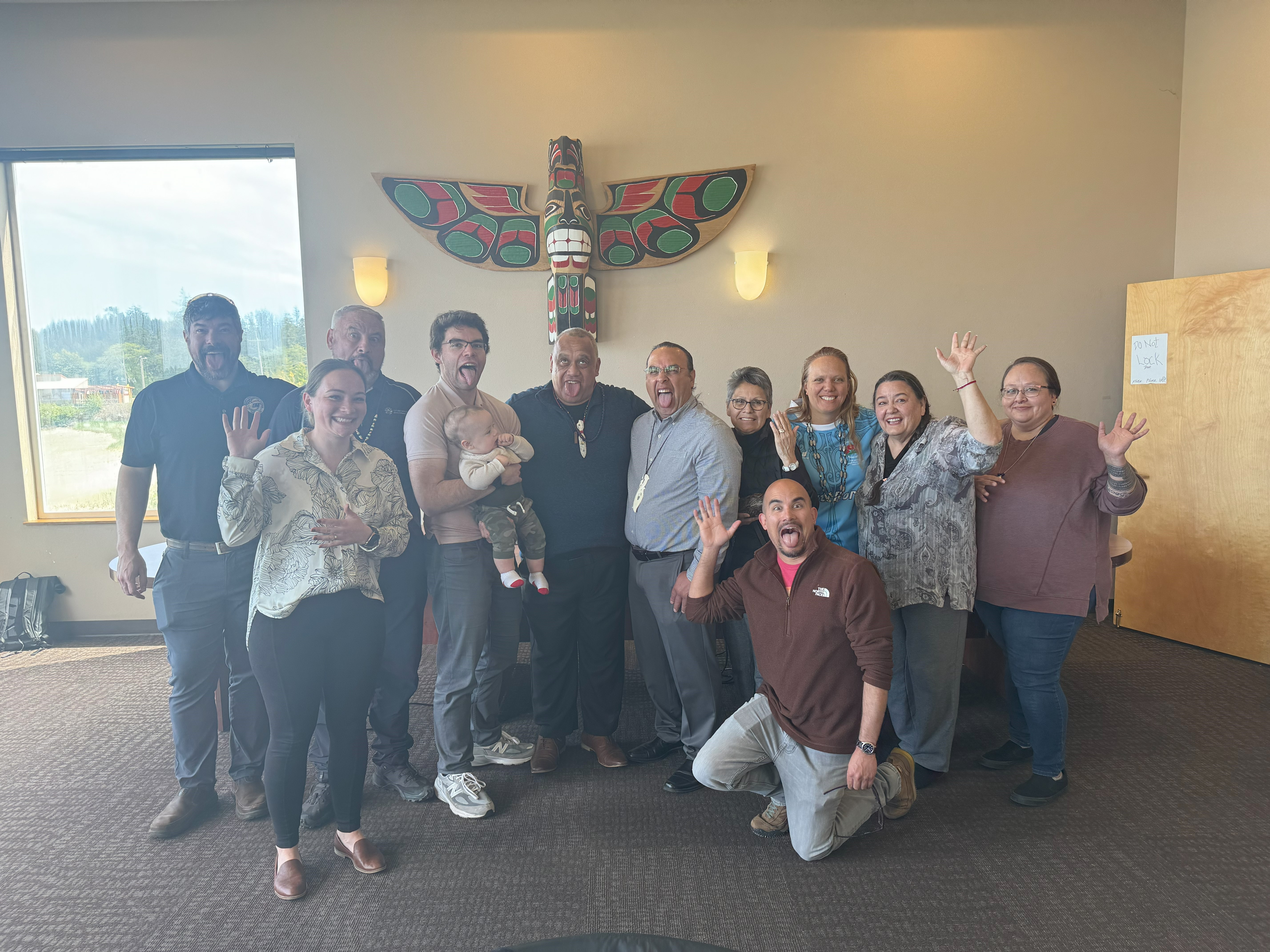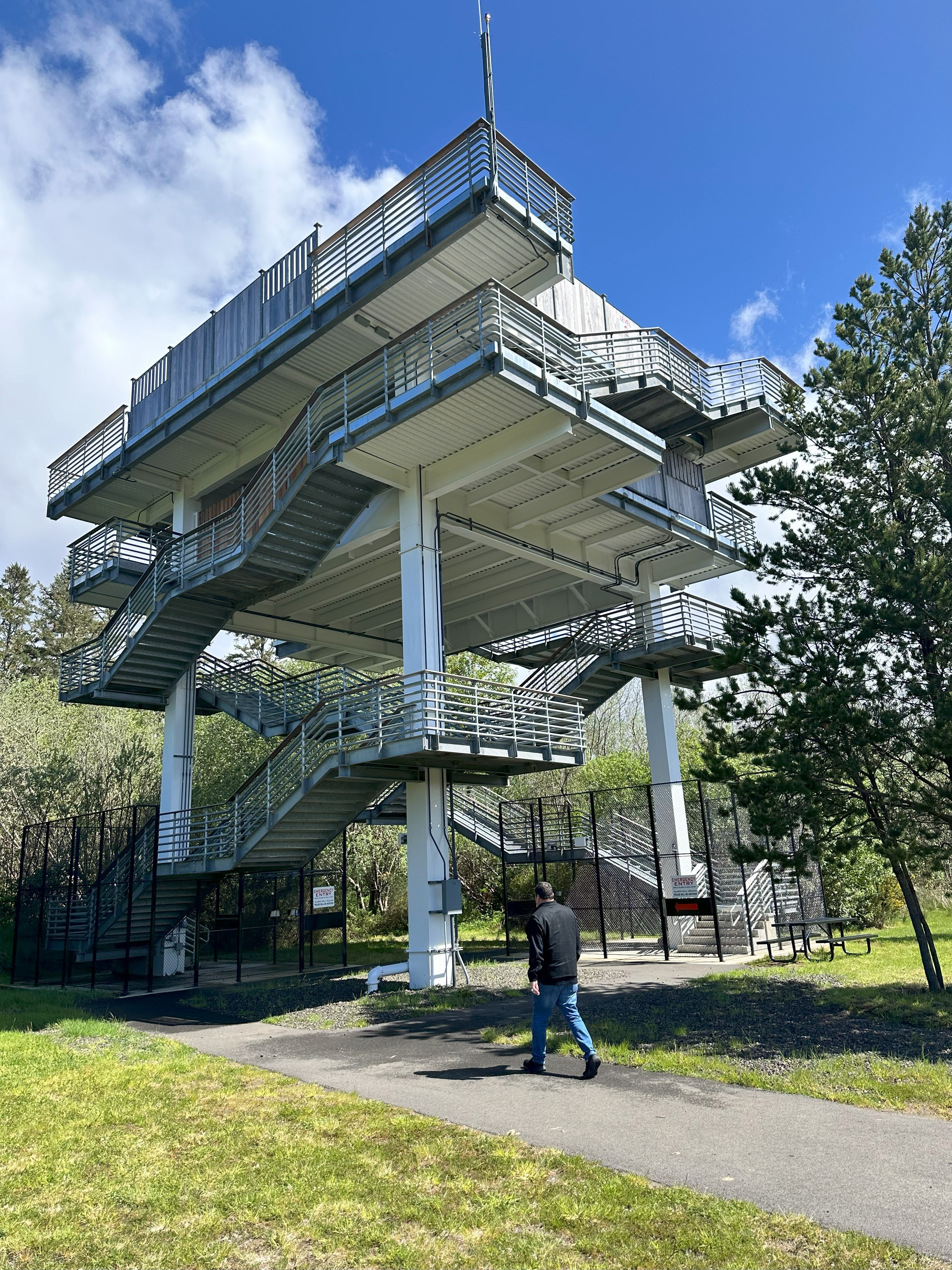Friday 7 June, 2024
There may be an entire Pacific Ocean between the East Coast and Seattle but Tairāwhiti Emergency Management Group Manager Ben Green says there are plenty of similarities.
“We are separated by hemispheres, but we face the same challenges of a shared hazard,” said Mr Green, “which is the catastrophic risk posed by earthquakes and tsunami waves. Washington State is close to the Cascadia fault line whereas we have the Hikurangi offshore fault line.”
He was part of a five-strong delegation who visited Washington state, with the trip sponsored by the Joint Centre for Disaster Research (JCDR) in Palmerston North, which included their experts and members Te Rūnanganui o Ngāti Porou Taiao team.
“I was appreciative of the invitation to be part of the delegation attending with Ngati Porou.”
Part of the visit connected with indigenous First Nation Indian tribes on the coast of Washington state.
“The tribes are in the vicinity of the Cascadia Subduction Zone much as we have risk exposure along the Tairāwhiti coastline.”
The group visited Shoalwater Bay, Quinault and Makah First Nation tribes. A tour of the 30m high Auntie Lee Vertical Evacuation Tower in Tokeland was also included.
Mr Green said the trip had many highlights.
“The cultural exchanges and hospitality with the tribes was amazing as was the hosting we experienced with the emergency sector,” he said.
“The mix of academia, iwi, taiao and my role as an operational emergency manager was complimentary yet underscores the requirement to be integrated within these spheres. There was a lot of knowledge sharing and networking which will be beneficial for application back into readiness and reduction workstreams.”
It was a real coming together of science, matauranga (knowledge) and operations, he said.
“The science defines the hazard, underscored by fact and research. Matauranga is embedded knowledge that has been handed down from learned observation of the hazard. The third component is operational which brings together all three.
“It was interesting to observe another nation’s emergency preparedness.
“We have different problems, but I take a lot of comfort from the work we are doing here.
“No one is doing it on their own, and the Indian tribes aren’t either. There is still collaboration between state and federal agencies that plan alongside them. We operate in the same context, and this is where the regional leadership needs to come from multiple groups working together.”
The state was similar to Tairāwhiti with remote, sparsely populated communities, many of which were on the coast.
“Naturally, the greatest and most significant risk is your built-up population areas,” said Mr Green.
Seattle City has 750,000 residents, while the Tairāwhiti region has 52,000 people spread over 42 communities with 38,000 people living in Gisborne City.
“Seattle’s power is hydro-electric and their water pipeline is also a significant distance into the hills.”
Having looked at the water supply in Washington State, Mr Green felt having capability embedded in Tairāwhiti with multiple desalination units in strategic locations was a significant capability that could be activated.
The joint partnership between Ngāti Porou Taiao and the JCDR has been established to improve disaster preparedness and resilience in communities within the Ngāti Porou takiwa (boundary).
It is hoped the trip, which was hosted by the Washington State Emergency Management team and included a day in their Emergency Operations Centre, has formed the beginning of a strong relationship between Tairāwhiti Emergency Management, Ngāti Porou and the Indian tribes – especially given the similarities between Tairawhiti and Washington State.
Pictures below include an example of a 30-metre vertical evacuation tower in Tokeland, Washington State, which has similarities with Tairāwhiti as they too have a fault line along their Coast. In the group photos are First Nations representatives alongside their Kiwi visitors, including Tairāwhiti Emergency Management Group Manager Ben Green and members from the Joint Centre for Disaster Research (JCDR) in Palmerston North.


